For Reuters, Mariano Zafra, Anurag Rao, and Jon McClure describe how bird flu can pass between mammals, but, while not impossible, transmission to humans is still unlikely.
Because of the heavy viral load in milk and mammary glands, scientists suspect the virus can spread between cattle during the milking process, either through contact with infected equipment or with virus that becomes aerosolised during cleaning procedures.
One in five commercial milk samples tested in a nationwide survey contained particles of the H5N1 virus, according to the FDA. The agency said, though, there is no reason to believe the virus found in milk poses a risk to human health and that pasteurisation effectively killed the virus.





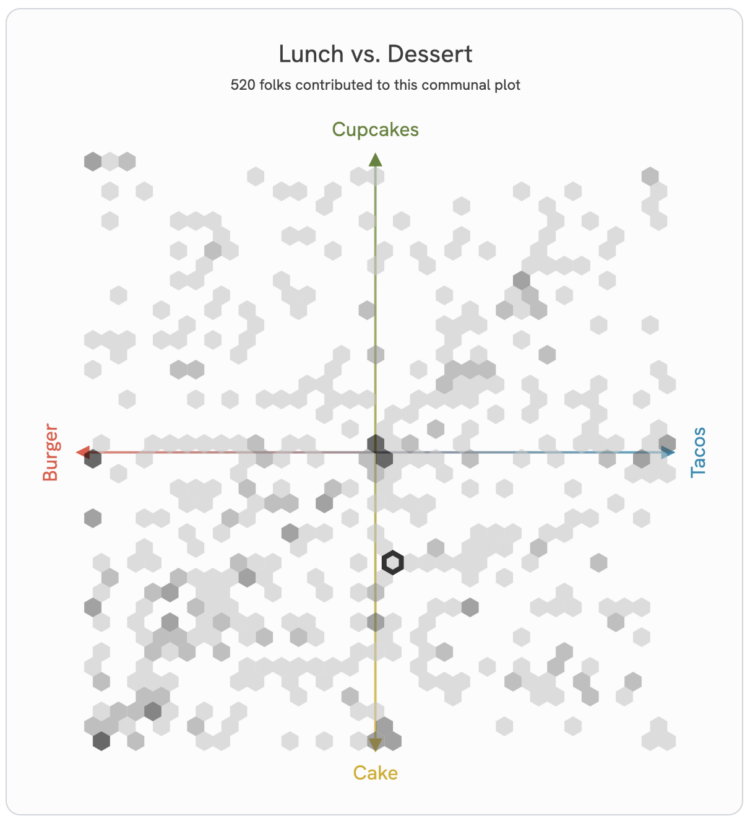

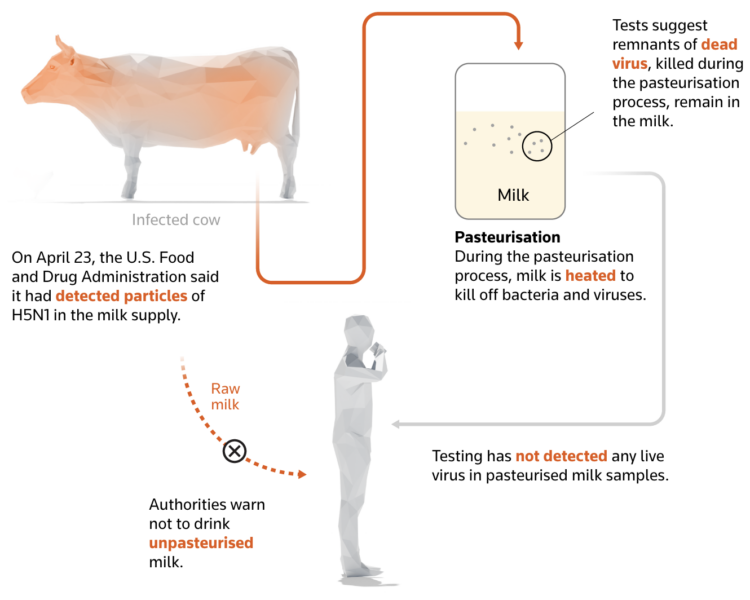
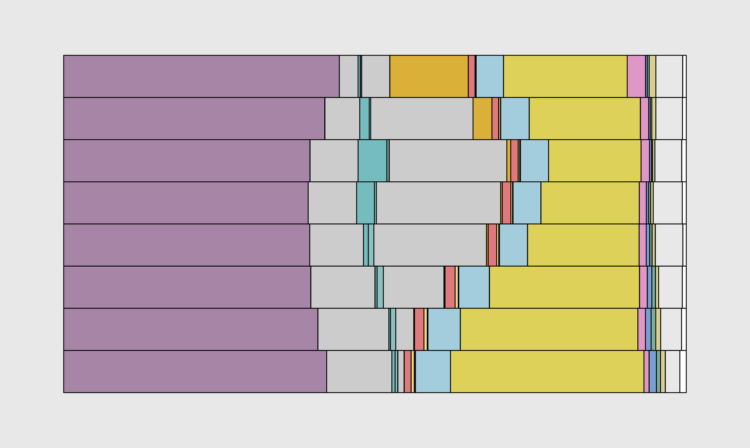
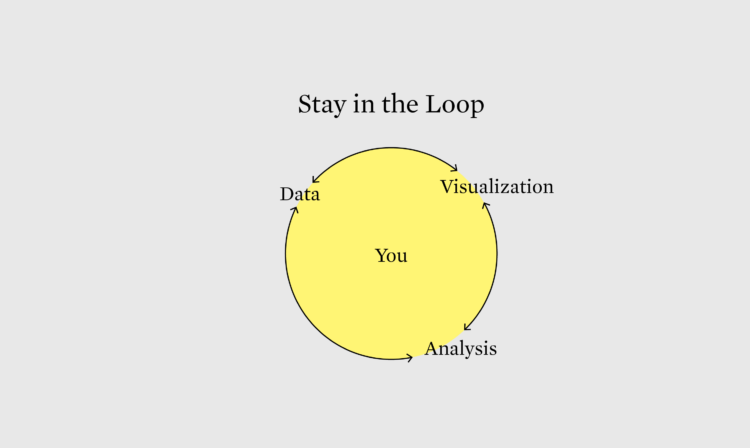
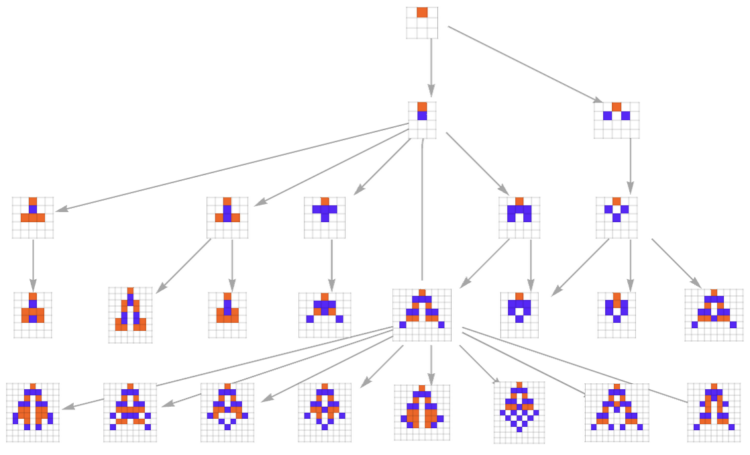
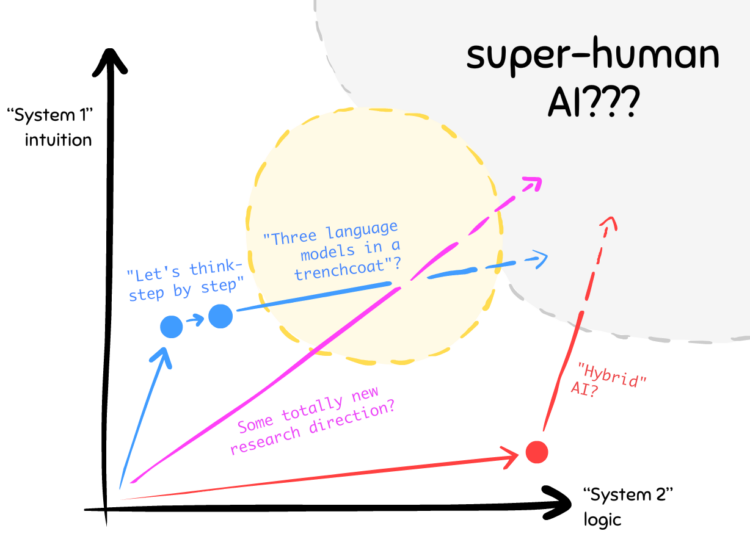

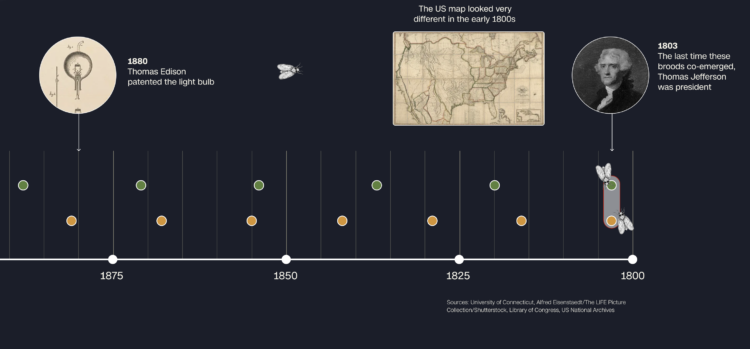
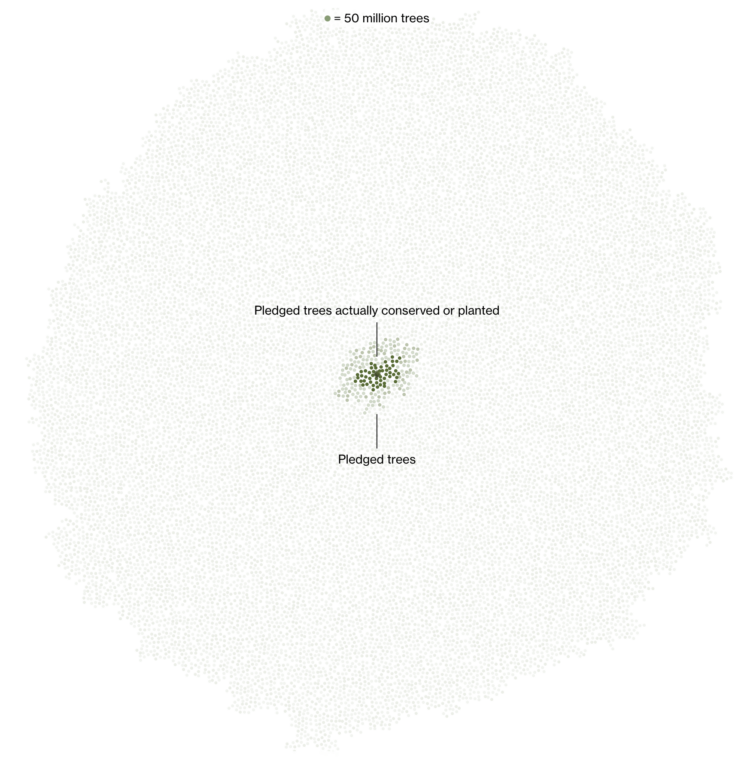



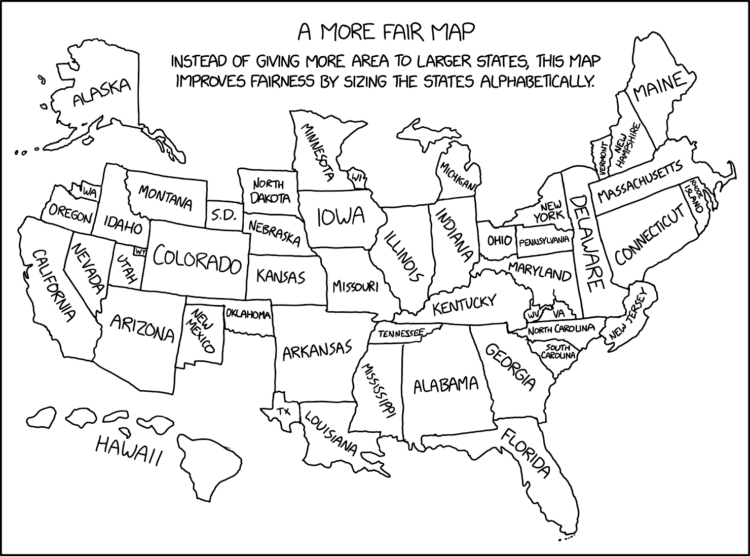
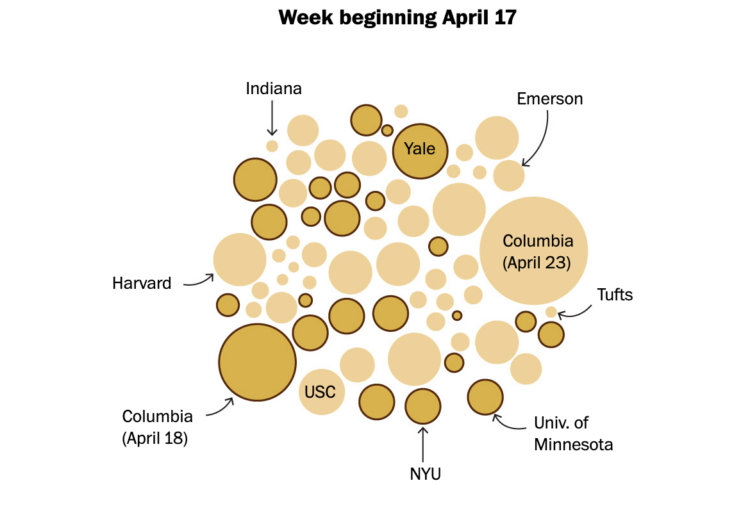

 Visualize This: The FlowingData Guide to Design, Visualization, and Statistics (2nd Edition)
Visualize This: The FlowingData Guide to Design, Visualization, and Statistics (2nd Edition)










